02:10
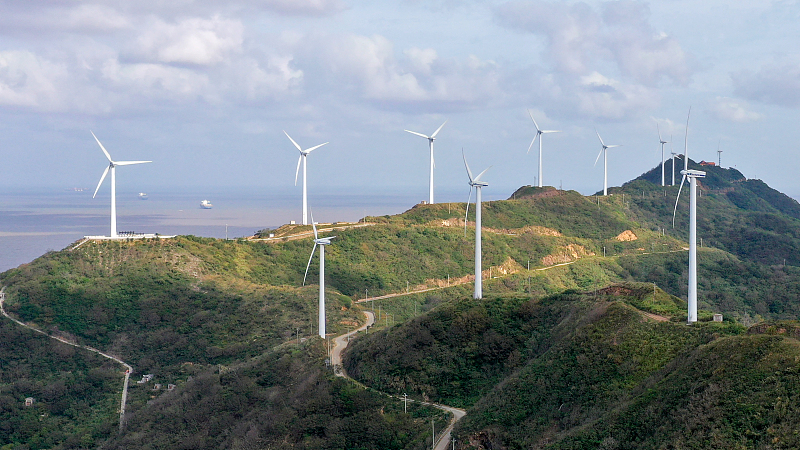
China will make the steepest cuts in the world to the intensity of its carbon emissions, and complete the process from carbon emissions peaking to carbon neutrality in the shortest span of time, said a white paper released on Thursday.
The white paper, titled "China's Green Development in the New Era," was released by the State Council Information Office. It aims to present a full picture of China's ideas, actions, and achievements in green development in the new era, and to share with the world its experience in this regard.
China made pledges to reach peak carbon emissions by 2030 and carbon neutrality by 2060 at the United Nations General Assembly in 2020.
This fully demonstrates China's strong sense of responsibility as a major country, the white paper said.
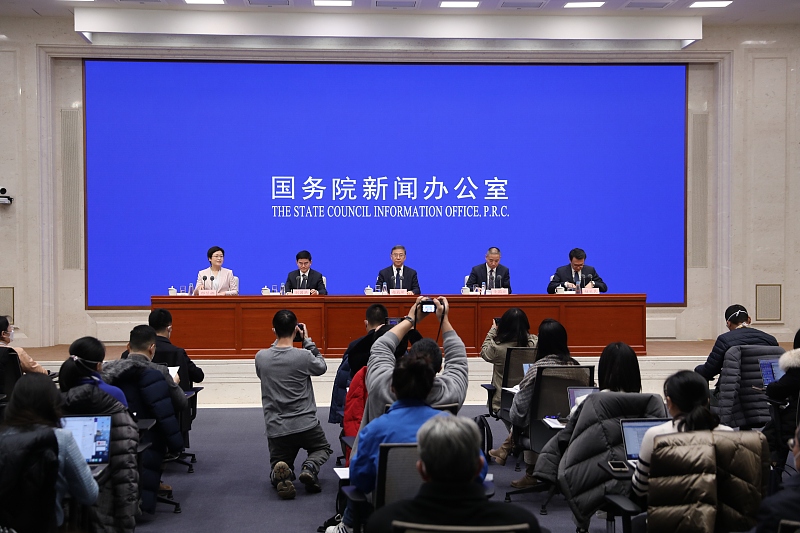
The State Council Information Office holds a press conference in Beijing, China, January 19, 2023. /CFP
The State Council Information Office holds a press conference in Beijing, China, January 19, 2023. /CFP
As the world's largest developing country, China has been sticking to a green and low-carbon development path, and made great contributions to global fight against climate change, Zhao Chenxin, vice chairman of the National Development and Reform Commission (NDRC), said at a press conference on Thursday.
Since 2012, China's average annual economic growth of 6.6 percent has been supported by an average annual growth of three percent in energy consumption, and the energy consumption per RMB10,000 of GDP in 2021 was 26.4 percent lower than in 2012, the white paper said.
In 2020, China's carbon emission intensity decreased by 48.4 percent compared with that in 2005, exceeding the target of 40 percent to 45 percent it had pledged to the international community.
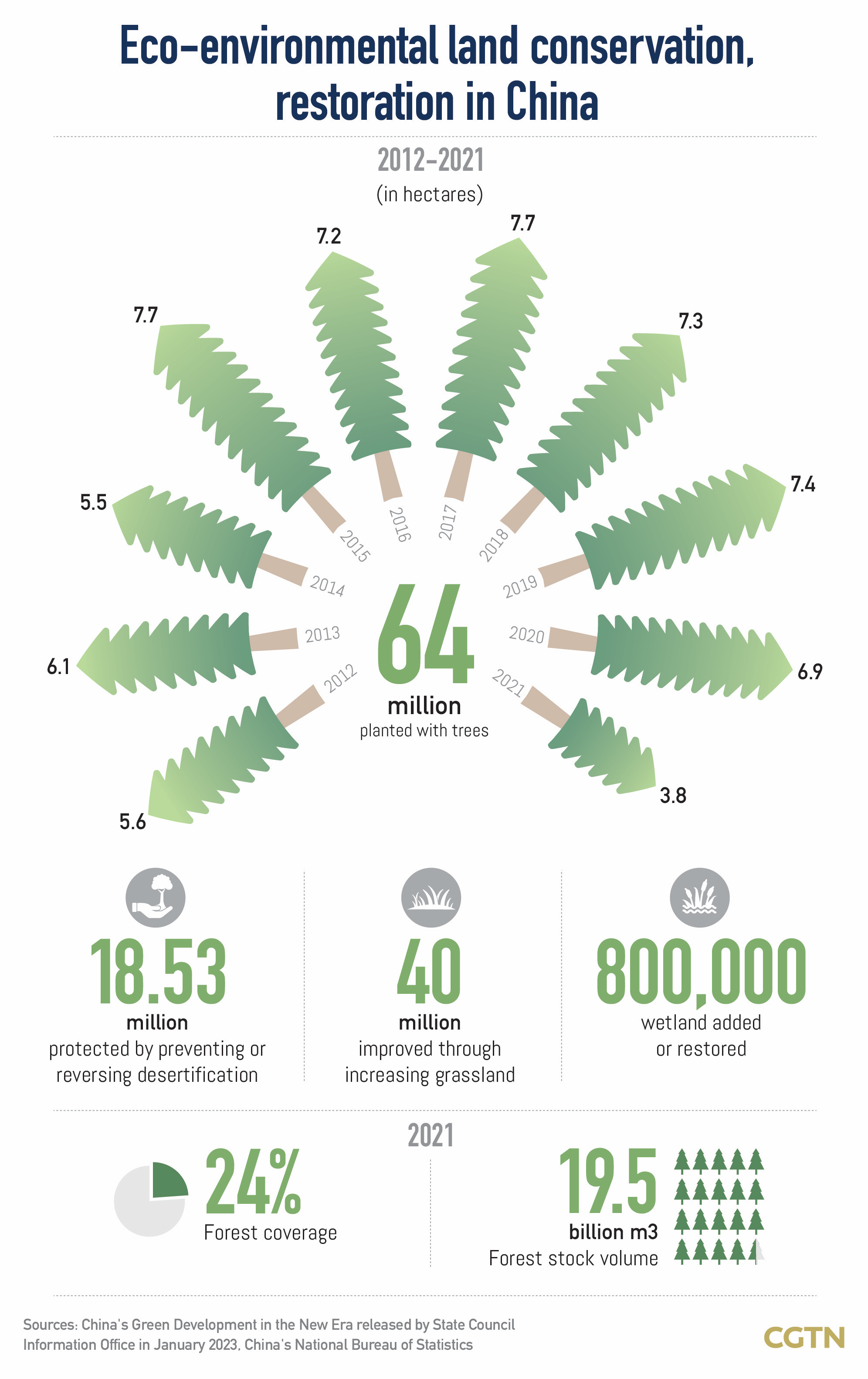
Green energy transition
China has made remarkable progress in promoting green and low-carbon energy, with proportion of clean energy sources steadily increasing, according to the white paper.
The proportion of clean energy sources in total energy consumption increased from 14.5 percent in 2012 to 25.5 percent by the end of 2021, and the proportion of coal decreased from 68.5 percent to 56 percent over the same period, as per the white paper.
To vigorously develop non-fossil energy, China has made rapid progress in building large-scale wind and photovoltaic power stations on infertile and rocky terrain and in deserts.
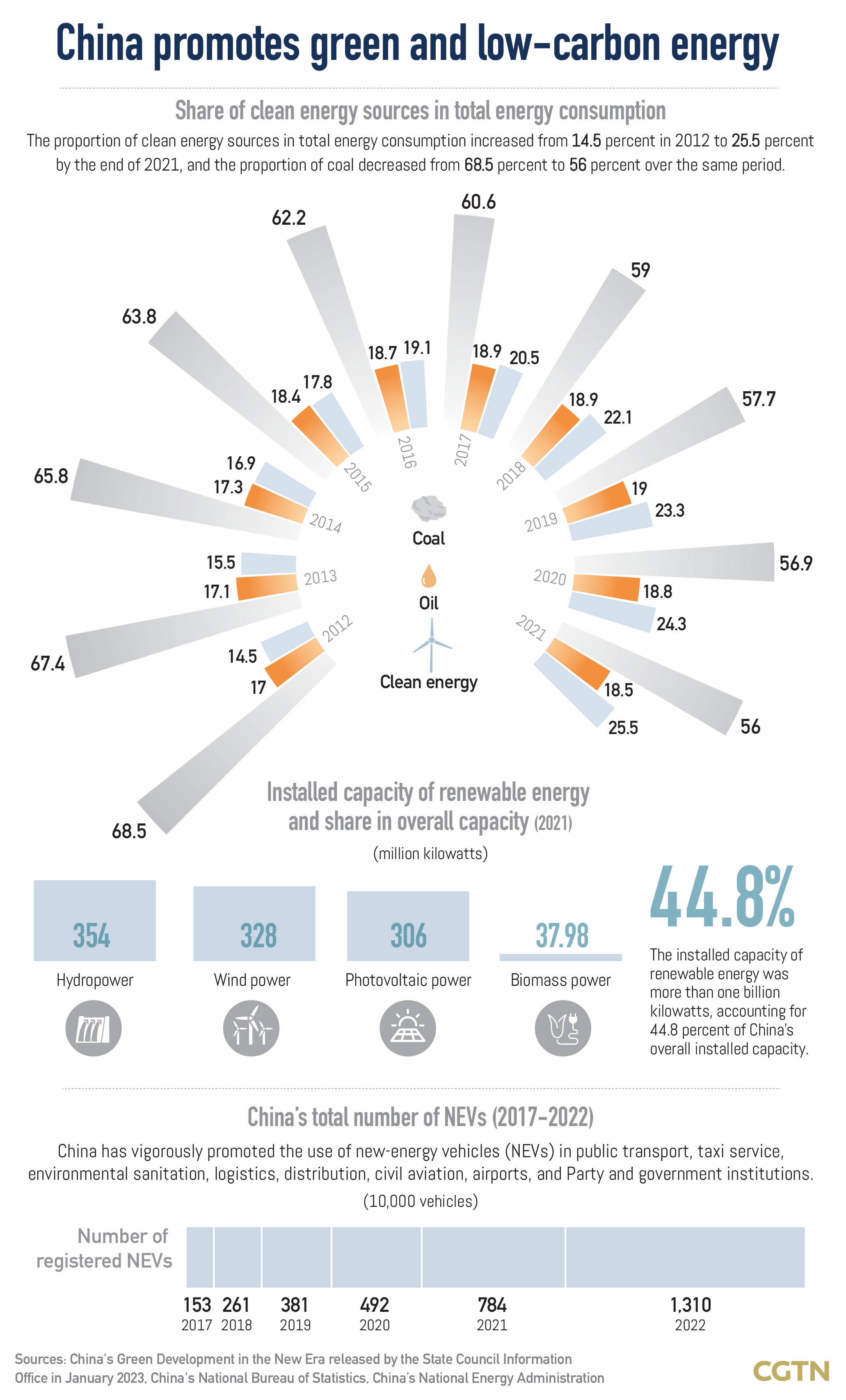
The country has steadily developed offshore wind farms, actively promoted rooftop photovoltaic power generation in urban and rural areas, and encouraged wind power generation in rural areas. China has built a structured matrix of large hydropower stations in the basins of major rivers, especially those in the southwest.
Meanwhile, China has developed solar, biomass, geothermal and ocean energy, and power generation through urban solid waste incineration in accordance with local conditions. It has developed nuclear power in a safe and orderly manner. Committed to innovation-driven development, China has worked on developing hydrogen energy.
By the end of 2021, the installed capacity of renewable energy was more than 1 billion kilowatts, accounting for 44.8 percent of China's overall installed capacity. The installed capacity of hydropower, wind power, and photovoltaic power each exceeded 300 million kilowatts, all ranking the highest in the world.
Green industries – new economic driving force
In recent years, green industry has received widespread attention and become a new driving force for economic growth in China.
The Chinese government has invested a total of more than 100 billion yuan ($14.73 billion) to support the construction of environmental infrastructure over the past decade. It also allocated nearly 200 billion yuan for ecological protection compensation during the 13th Five-Year Plan period from 2016 to 2019.
Meanwhile, green technology innovation and industrialization have promoted the development of green industry. By the end of 2021, there were 49,000 effective invention patents in China's energy conservation and environmental protection industry and 60,000 effective invention patents in the new energy industry, which are 1.6 times and 1.7 times that of the end of 2017, respectively.
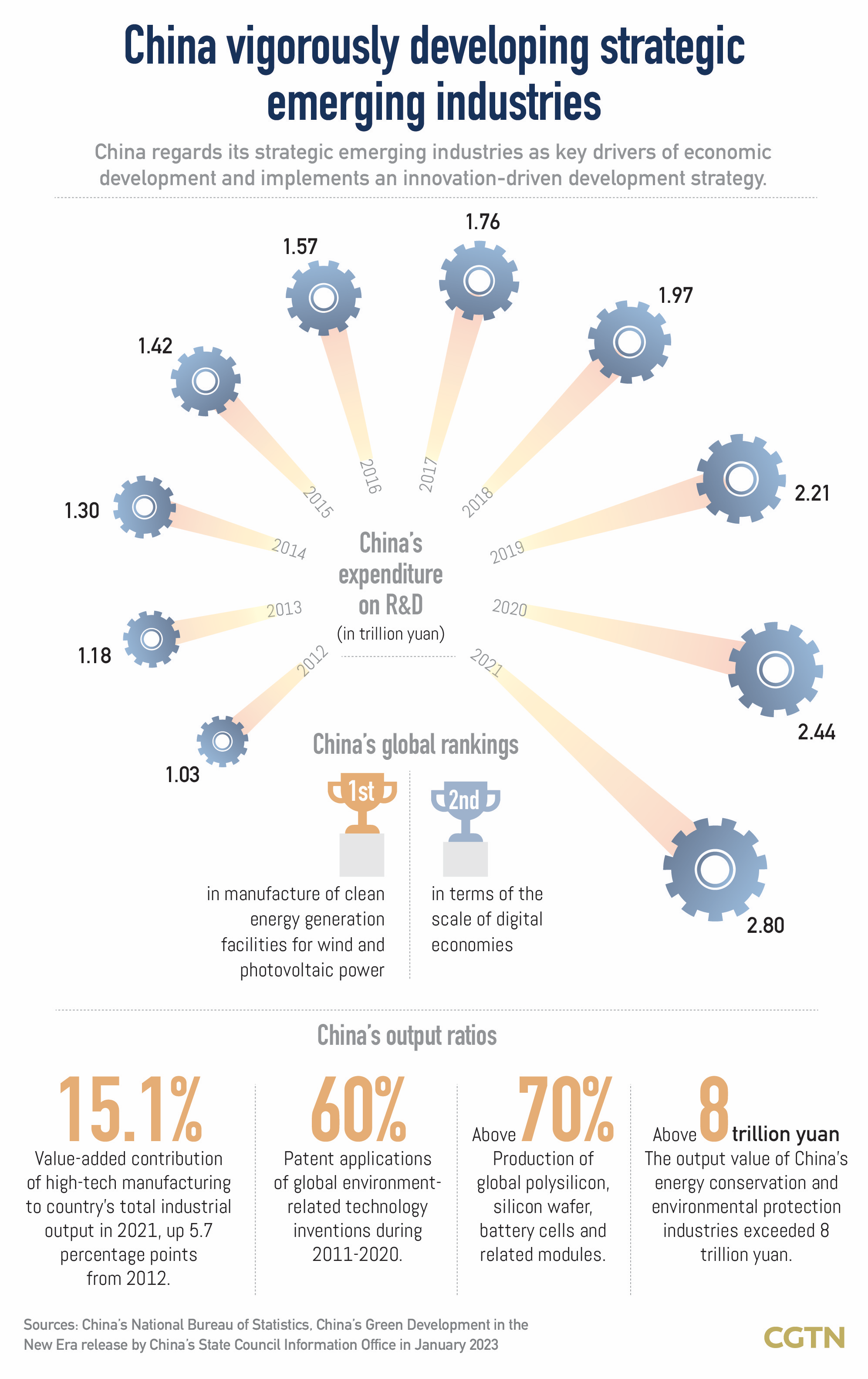
The development of green finance has also made a contribution to the green industry. By the end of 2021, the balance of green credit in China's local and foreign currencies was 15.9 trillion yuan, and the stock of green bonds exceeded 1.1 trillion yuan, all of which are among the highest in the world.